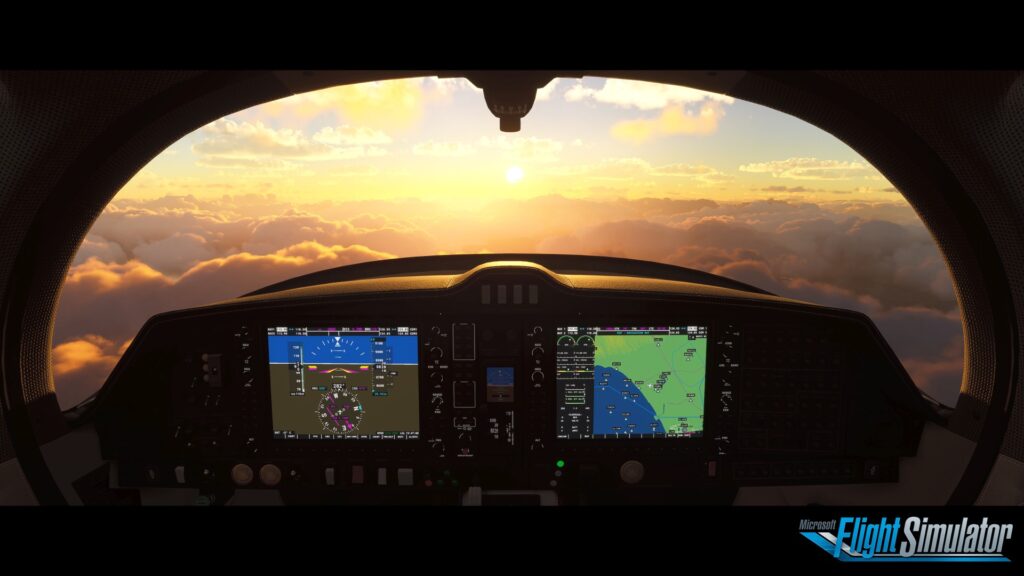By David Gundry - CEO at Mirno

From my earliest experiences in programming, what interested me the most was realtime simulation of complex systems - that is physics, lighting, behaviours, economies, etc. - This interest led me to many great opportunities working in Video Games and Simulator development. Today I’m in the fortunate and fairly-unique position to be working with a team of brilliant medical experts, together we have a shared mission to develop Virtual medical simulation solutions from a new perspective.
As we see it, current medical simulations can be grouped into two broad categories:
🔬 High Specialisation Simulations - for example, organ-specific physiological simulation, with a tendency to be highly-academic in nature, non-realtime, and extremely focused.
🧮 Low Fidelity Simulations - primarily used in current medical simulation training, there are pre-determined physiological states which are progressed through based on defined conditions.
Our physiological simulation is unique in that it exists between these groups, as a highly scalable, realtime, dynamic and interactive simulation for medical training.
Coming from a background in video games, my go-to analogy of our method is to look at Microsoft Flight Simulator 2024.

MS Flight Simulator is an ultra-high fidelity, consumer-focused flight simulator. In simulators such as these, high specialisation simulation is neither feasible nor desirable due to a lack of controllability and speed. Conversely, if the simulation is too low fidelity (for example, lacking detail in cockpit controls and systems) the simulator will struggle to accurately recreate real-world scenarios such as emergencies.
What’s required is a middle ground of simulation - a predictable and easily-configurable real-time analogy of the aircraft and its characteristics.
Our Physiological simulator follows the exact same philosophy - however, it’s only due to tech developments over the last couple of years that we’ve been able to turn this into reality. This physiological simulation is a core part of our Virtual Patient technology, which in turn is central to all of our training solutions. Lastly, as a nerd I’d love to be sharing the gritty details of how this all works, but for now we’ve got to keep some secrets! 🤓🤫
I’m really excited to be pushing the boundaries of technology which we believe will become expected from medical simulation learning.
Follow Mirno for upcoming examples of how our physiological simulation is making a difference in medical training.


